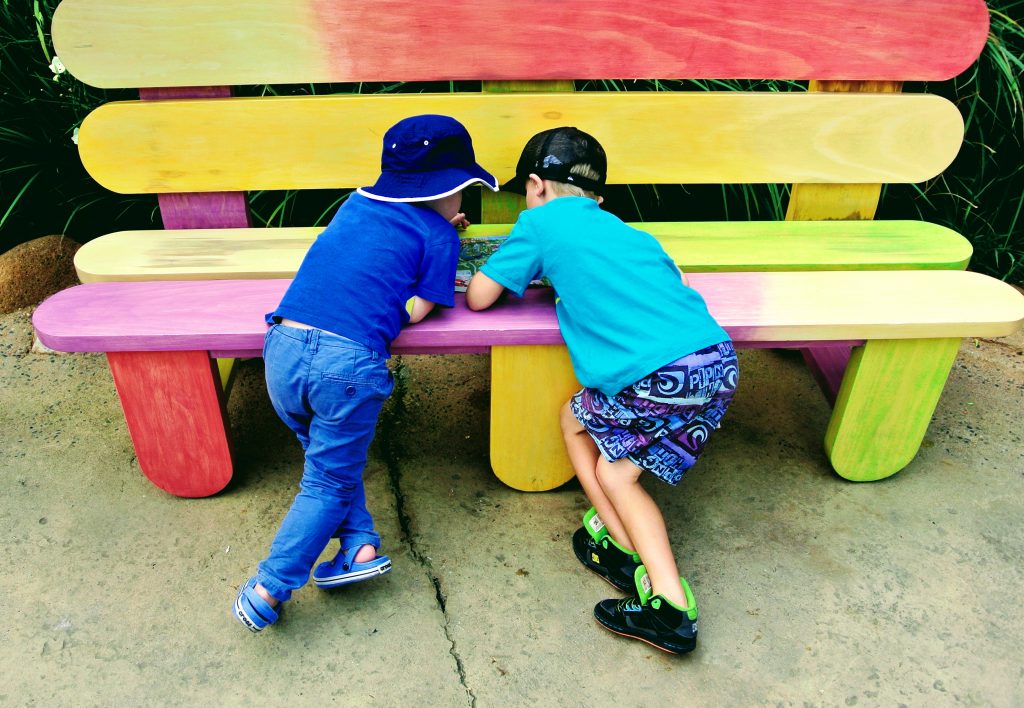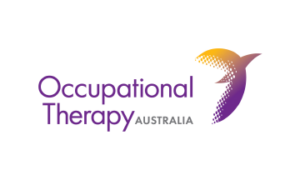Author: Kimberley Taylor, Paediatric Occupational Therapist
3 min read
Kids need core strength too. It isn’t just something new mums try to regain after having a baby. Core strength supports everything we do – even handwriting.“

What is core strength?
People usually simplify core strength as a reference to the muscles around your stomach. But it’s so much more than this. Core strength is a range of deep inner muscles, from the pelvic floor, stomach and back, right up to the neck, and even some muscles in the face! We rely on these muscles to maintain posture and stability in our spine, hips, and shoulders. This provides us with a stable base so that we can use other parts of our bodies such as our arms, legs, and head.
How does core strength support gross and fine motor skills?
You need to feel stable in your body in order to move it effectively. Our core muscles provide stability, so that our arms, legs, and head can move in a more flexible and dynamic way. This leads to the development of more refined gross and fine motor movements necessary for many activities in our daily life.
What happens if an individual has weak core strength?
Without core strength everyday life is much harder than it should be. If you are unable to keep your body upright and maintain posture, activities such as walking, sitting, balancing, jumping, skipping, or climbing become very difficult, sometimes impossible. You’ll fatigue quickly. Without the ability for refined movement of the arms, legs and head, it also affects other abilities such as handwriting, dressing yourself, or brushing your teeth.
If we think about these activities in the context of a child’s everyday life, this can make home and school challenging. If your child is unable to join in play with their friends because they don’t have core strength and endurance, this can impact their self-esteem and social skills.
Signs of reduced core strength:
- Difficulty maintaining an upright posture. They may appear to slump when seated in a chair or when standing upright and moving around.
- Leaning on furniture (e.g., tables, walls, chairs, etc.).
- Difficulty remaining balanced (e.g. frequently falling or tripping over objects or themselves).
- Difficulty remaining still and paying attention to a task.
- Poor fine motor skills (e.g. handwriting, using cutlery, fastening buttons and zips).
- Difficulty with self-care skills such as dressing, bathing, etc.
If you are concerned about your child’s core and postural stability, an occupational therapist can support you by providing services directly and via parent coaching. If you’d like to know more about core strength and how occupational therapy could help your child, the team at MoveAbout Therapy Services are available for a chat today.
GET IN TOUCH

